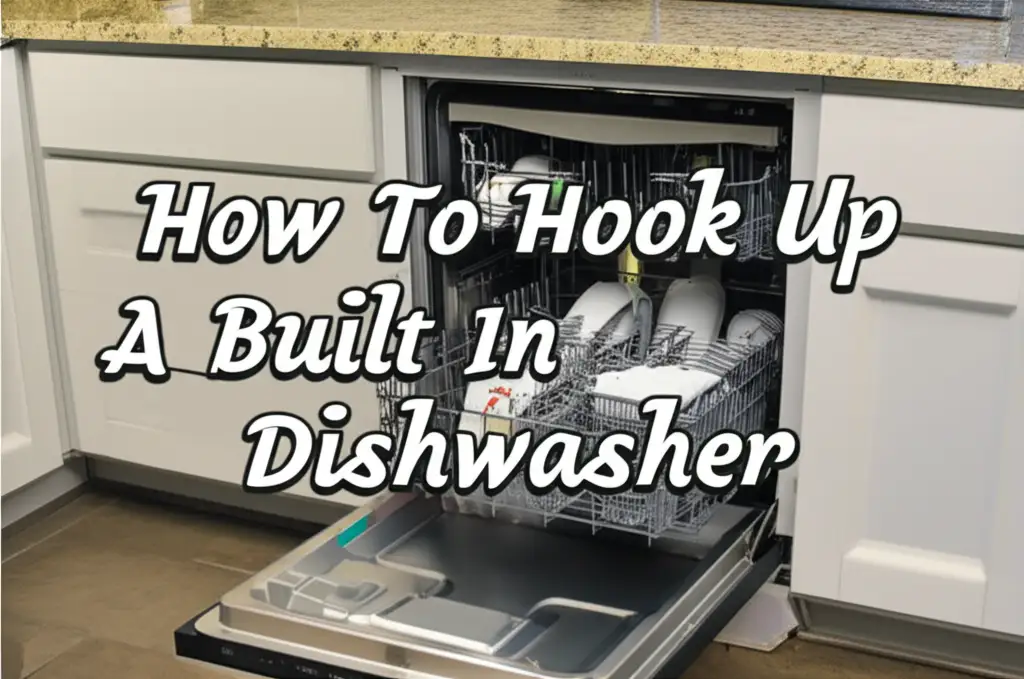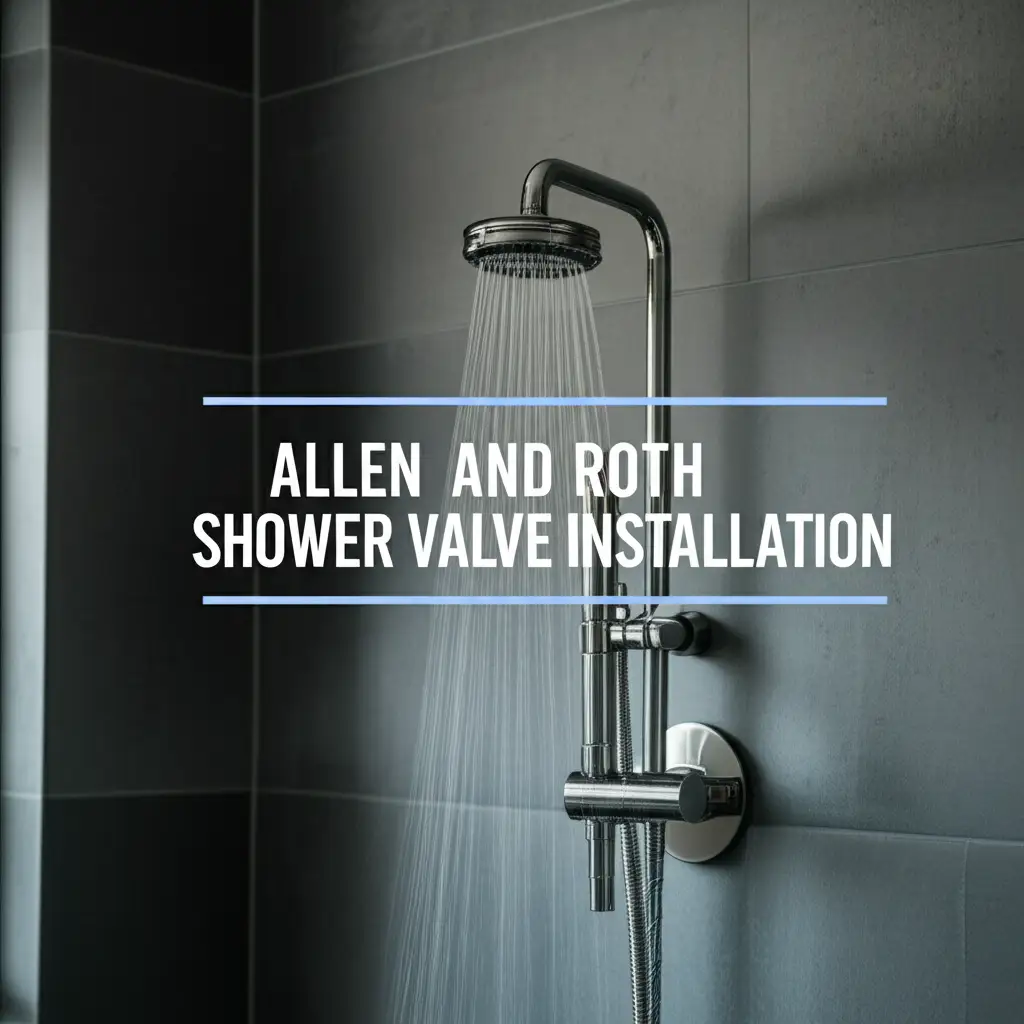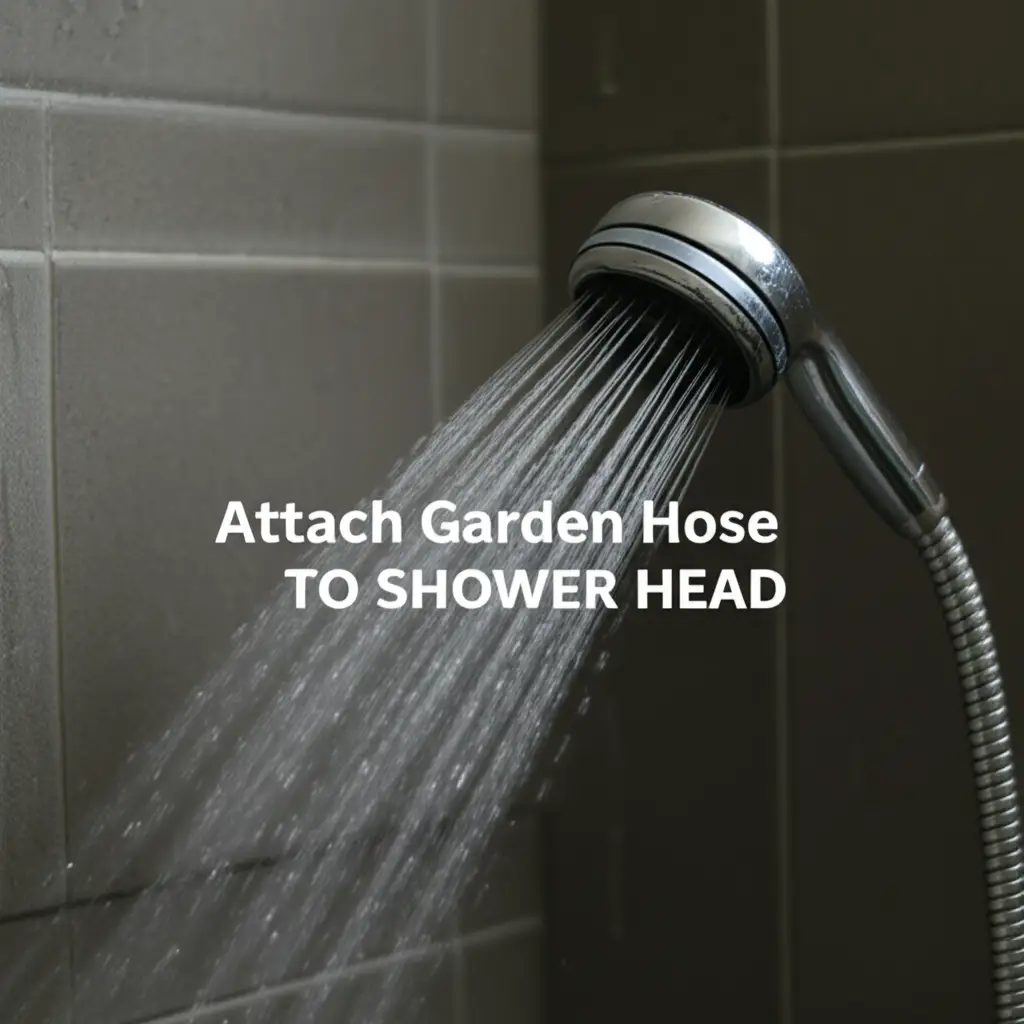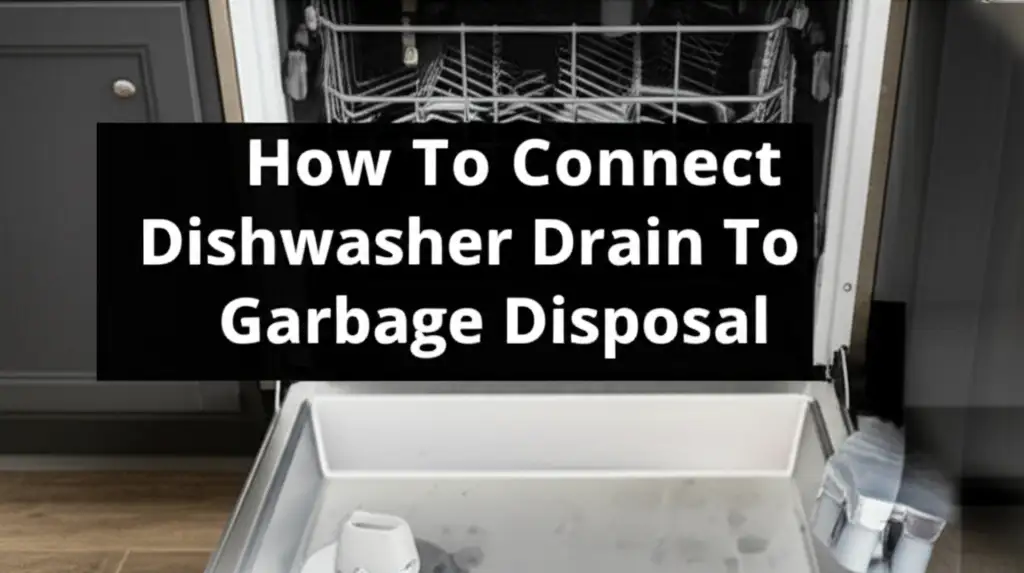· Elira Thomsen · Plumbing Maintenance · 20 min read
American Standard Shower Valve Problems
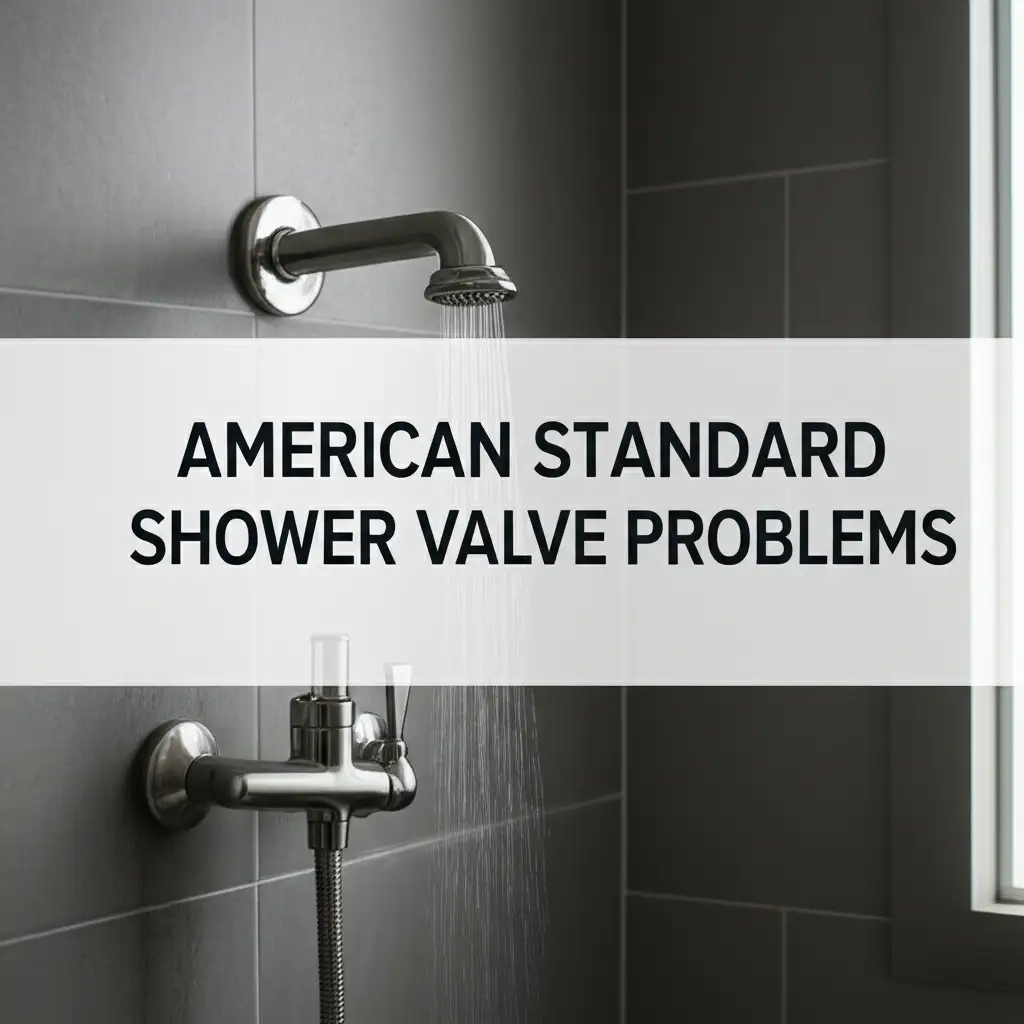
Fixing Your American Standard Shower Valve Problems
A refreshing shower starts your day right or helps you unwind. A faulty shower valve can ruin that experience. If you own an American Standard shower, you might face common valve issues. These problems range from annoying drips to major temperature swings.
I understand how frustrating these issues become. This guide helps you understand, diagnose, and fix common American Standard shower valve problems. We cover typical symptoms and provide clear steps for DIY repairs. You also learn when to call a professional plumber. Let us get your shower working perfectly again.
Takeaway
- Identify Issues: Recognize leaks, temperature problems, or low pressure as common valve faults.
- Gather Tools: Have basic plumbing tools ready for effective repairs.
- Prioritize Safety: Always turn off the water supply before starting any work.
- Replace Cartridge: Many valve issues stem from a worn-out cartridge. Replace it for common fixes.
- Clean Deposits: Mineral buildup often causes temperature or pressure problems. Clean components regularly.
- Seek Help: Call a plumber for complex issues or if you lack confidence in DIY repairs.
American Standard shower valve problems often involve a worn cartridge, mineral buildup, or damaged seals. Fixing these issues usually requires shutting off the water, disassembling the valve, and replacing faulty components like the cartridge or O-rings. Simple tools and careful steps can resolve many common shower valve malfunctions.
Identifying Common American Standard Shower Valve Problems
Many homeowners face issues with their shower valves. American Standard valves, while durable, can develop problems over time. Recognizing the specific problem helps you fix it correctly. Let us look at the most common signs of a faulty valve.
Leaks and Drips
A constant drip from the showerhead is a classic sign of a valve problem. This waste water and can cause rust stains in your shower. Leaks often happen when internal seals or the cartridge wear out. Water seeps past these worn parts, causing the drip. You might see water around the handle or behind the wall plate. This points to a leak deeper inside the valve body. Ignoring drips raises your water bill and can lead to water damage.
Temperature Fluctuations
Imagine stepping into a shower only to have the water turn scalding hot or freezing cold without warning. This is a common and dangerous valve issue. American Standard shower valves have a mixing cartridge that blends hot and cold water. When this cartridge fails, it cannot maintain a consistent temperature. Mineral deposits can also block water passages inside the valve. This restricts the flow of either hot or cold water, causing temperature shifts. An anti-scald device might also need adjustment.
Low Water Pressure
Weak water flow makes showering unpleasant. Low pressure often comes from a clogged valve or showerhead. Sediment, rust, or mineral buildup can accumulate inside the valve. These deposits restrict water flow, reducing pressure. Sometimes, the issue is not the valve itself but a problem with your home’s main water supply. Always check other faucets in your house. If only the shower has low pressure, the valve or showerhead likely causes the problem.
Handle Stiffness or Malfunction
A shower handle should turn smoothly. If your American Standard shower handle feels stiff, hard to turn, or does not stay in place, the valve mechanism is likely failing. Over time, internal components can corrode or become coated with mineral deposits. This prevents smooth operation. A broken handle or stripped screws can also cause issues. Sometimes, the problem is simple; the set screw on the handle might be loose. Other times, the internal cartridge itself needs replacement. A fully functional handle ensures easy control over your shower experience.
Pinpointing the Cause: Diagnosing Your Shower Valve Issues
Diagnosing the exact problem with your American Standard shower valve saves you time and effort. You need to observe the symptoms carefully. Then, you can narrow down the potential causes. A methodical approach helps you avoid unnecessary work.
Identifying Leak Sources
If your shower leaks, determine where the water comes from. First, check the showerhead. If it drips, the issue is usually with the mixing cartridge or O-rings inside the valve. These parts seal the water flow when the shower is off. When they wear out, water drips through. Next, check around the base of the shower handle. Water leaking here often indicates a problem with the packing nut or the stem assembly. You might need to tighten the packing nut or replace the stem’s seals. Finally, inspect the wall around the valve. If you see water stains or damaged drywall, the leak might come from inside the wall. This suggests a problem with the valve body itself or a loose pipe connection. These leaks are more serious and may need professional attention.
Checking Water Heater Settings
Sudden temperature changes in your shower might not always be the valve’s fault. First, check your water heater. Ensure it works correctly and the temperature setting is appropriate. A low setting on the water heater means you do not have enough hot water for a consistent shower. Sometimes, the water heater simply cannot keep up with demand, especially if other appliances use hot water simultaneously. You should also check the water heater’s pilot light or power supply. If the water heater is fine, then you can focus on the shower valve. Your water heater is vital for a comfortable shower experience.
Inspecting the Valve Cartridge
The cartridge is the heart of your American Standard shower valve. It controls water flow and temperature. If you have temperature problems, low pressure, or drips, the cartridge is a prime suspect. To inspect it, first turn off the main water supply to your house. Then, remove the handle and the faceplate of the shower valve. Carefully pull out the cartridge. Look for cracks, wear, or mineral buildup on the cartridge body. Check the rubber O-rings around the cartridge for signs of deterioration. A damaged or clogged cartridge often needs a full replacement. You can usually find replacement cartridges at home improvement stores.
Testing Water Pressure at Other Fixtures
Before blaming the shower valve for low water pressure, test other faucets in your home. Turn on the kitchen sink faucet and bathroom sink faucet. Observe their water pressure. If all fixtures have low pressure, the problem is with your home’s main water supply or the municipal water line. This is not a shower valve issue. If only the shower has low pressure, then the problem lies within the shower system. This could be a clogged showerhead, a faulty pressure balancing valve, or mineral buildup inside the shower valve itself. This simple test helps isolate the problem source effectively.
Essential Tools and Safety for DIY Shower Valve Repair
Tackling a shower valve repair yourself requires the right tools and a strong focus on safety. You do not need specialized equipment for most common American Standard shower valve problems. However, having the correct items makes the job much easier and safer.
Basic Plumbing Tools
You need a few common tools to get started. A set of screwdrivers, both Phillips and flathead, is essential for removing handle screws and faceplates. An adjustable wrench or a set of pliers helps loosen nuts and fittings. For removing the cartridge, you might need a cartridge puller tool. Some cartridges require a specific plastic tool often included with a new cartridge. A utility knife helps scrape away old caulk or stubborn seals. Always have a bucket or old towels ready to catch any residual water once you open the valve. Flashlight also helps see inside the dark valve body. Keep your workspace well-lit and tidy.
Safety Precautions
Safety is paramount when working with plumbing. First, and most important, always turn off the main water supply to your house before starting any work. This prevents flooding. Locate your main shut-off valve, usually near your water meter or where the main water line enters your home. After turning off the water, open a faucet on the lowest floor of your house to drain residual water from the pipes. This relieves pressure. Wear safety glasses to protect your eyes from debris or unexpected water sprays. Use gloves to protect your hands from grime and sharp edges. Work in a well-lit area to see clearly what you are doing. If you are not comfortable at any point, stop and call a professional plumber. Your safety comes first.
Identifying Your American Standard Valve Type
Before buying replacement parts, you must know your specific American Standard valve type. American Standard uses different valve designs, and cartridges are not interchangeable. Look for model numbers on the valve body or the faceplate. If you cannot find a model number, take a picture of the valve and its cartridge once removed. Bring this picture to a plumbing supply store or home improvement center. Store staff can help identify the correct replacement parts. Knowing your valve type saves you from buying the wrong parts. This prevents wasted time and money.
Step-by-Step Guide to Repairing a Leaking American Standard Valve
A leaking American Standard shower valve is annoying but often fixable. Most leaks come from a worn-out cartridge or damaged O-rings. I will guide you through the process. Follow these steps carefully to fix your dripping shower.
Shutting Off Water and Draining Lines
This is the most critical first step. Locate your home’s main water shut-off valve. It is usually in the basement, utility closet, or near the water meter outside. Turn this valve clockwise until the water supply is completely off. Next, open a faucet on the lowest floor of your house, like a basement sink. This drains the water from your pipes and relieves any remaining pressure. Go back to your shower. Turn on the shower handle to ensure no water comes out. Any lingering drips are fine. Place a towel or bucket in the shower to catch any water that remains in the pipes during disassembly. This prevents a mess.
Removing the Handle and Trim Plate
Now, you access the valve body. Look for a small screw on the underside of the shower handle. This screw often holds the handle in place. Use a Phillips or flathead screwdriver to loosen and remove this screw. Pull the handle straight off the stem. If it is stuck, gently wiggle it. Be careful not to force it. Once the handle is off, you will see a trim plate or faceplate. This plate usually has two or more screws holding it to the wall. Unscrew these screws and carefully pull the trim plate away from the wall. You may need to cut away any old caulk around the plate with a utility knife. This exposes the valve cartridge and its housing.
Accessing the Cartridge
With the trim plate removed, you will see the valve assembly. The cartridge is typically held in place by a retaining clip or a brass nut. Look for a U-shaped clip or a circular nut that secures the cartridge. If it is a clip, use pliers or a screwdriver to pull it straight out. If it is a nut, use an adjustable wrench to loosen and remove it. Once the retaining clip or nut is removed, the cartridge should be free. Some cartridges are stiff and need a cartridge puller tool to remove them. Twist and pull the cartridge straight out of the valve body. Be gentle but firm.
Replacing O-Rings or Cartridge
Once you remove the cartridge, inspect it thoroughly. Look for cracks, wear, or mineral buildup. Check the rubber O-rings around the cartridge body. If they look flattened, cracked, or hardened, replace them. You can buy O-ring kits for your specific American Standard model. If the cartridge itself is damaged, or if replacing O-rings does not stop the leak, you need a new cartridge. Take the old cartridge to a plumbing supply store or home improvement center to ensure you buy the exact match. Install the new O-rings onto the old cartridge, or insert the new cartridge into the valve body. Align it correctly; there is usually a “hot” side marked on the cartridge. Push it in firmly until it seats completely.
Reassembly and Testing
After installing the new cartridge or O-rings, reassemble the valve in reverse order. First, replace the retaining clip or tighten the brass nut that holds the cartridge in place. Ensure it is snug but do not overtighten. Then, replace the trim plate, securing it with its screws. You might want to apply a fresh bead of silicone caulk around the trim plate to seal it against moisture. Finally, put the handle back on and tighten its set screw. Once everything is reassembled, slowly turn your main water supply back on. Open the lowest faucet in your house first to let air out of the pipes. Then, check your shower for leaks. Turn the shower on and off several times. Test both hot and cold water flow. Your leak should be gone, and water pressure should be normal.
Troubleshooting Temperature Swings in Your American Standard Shower
Unpredictable temperature changes in your shower are not only uncomfortable but can be dangerous. American Standard shower valves usually have a pressure-balancing mechanism or a thermostatic mixing valve to prevent scalding. When these parts fail, you experience hot or cold shocks.
Calibrating the Anti-Scald Device
Many American Standard shower valves include an anti-scald device, also called a temperature limit stop. This device prevents water from getting too hot. Over time, it can get out of calibration or accumulate mineral deposits. If your shower is consistently too hot or too cold, this device might need adjustment. To adjust it, first turn off the main water supply. Remove the shower handle and the trim plate. You will usually see a small plastic or metal ring near the cartridge stem. This ring is the temperature limit stop. It has teeth that limit how far the handle can turn to the hot side. You can often rotate or adjust this ring to allow more or less hot water to mix. Consult your valve’s manual for specific instructions on adjustment. Make small adjustments, then test the water temperature. Reassemble the handle and trim plate after each adjustment until you reach your desired maximum temperature.
Cleaning Mineral Deposits
Mineral deposits, like calcium and lime, are common culprits for temperature issues. These deposits build up inside the valve over time. They restrict water flow or interfere with the smooth movement of the cartridge. Hard water areas are especially prone to this. To clean, you first need to remove the shower valve cartridge. Inspect the cartridge and the inside of the valve body. Look for white, crusty buildup. You can soak the cartridge in white vinegar for a few hours to dissolve deposits. Use an old toothbrush or a small brush to scrub away any remaining buildup inside the valve body. Be gentle to avoid damaging rubber seals. Rinse all parts thoroughly before reassembling the valve. Regular cleaning prevents future issues.
Checking for Blocked Inlet Screens
Some American Standard shower valves have small screens at the hot and cold water inlets. These screens catch debris and prevent it from entering the valve. However, they can become clogged themselves. If these screens become blocked by sediment or rust particles, it restricts the flow of either hot or cold water. This directly affects temperature consistency. To check these, you must access the valve body after turning off the water. The screens are usually small, circular filters located at the connection points of the hot and cold water lines to the valve body. Carefully remove them if present. Clean them using a brush and rinse under running water. Reinsert them properly before reassembling the valve. This simple step can restore proper temperature mixing.
Restoring Water Pressure in Your American Standard Shower
Low water pressure can make your shower feel weak and unsatisfying. Several factors can cause this, from simple clogs to more complex valve issues. Let us explore how to bring back strong water flow to your American Standard shower.
Checking for Clogged Showerhead
Before you disassemble your shower valve, check the showerhead. Mineral deposits or debris often build up in the nozzles of the showerhead. This restricts water flow and reduces pressure. Unscrew the showerhead from its arm. Inspect the nozzles for any visible clogs. You can try soaking the showerhead in white vinegar overnight to dissolve mineral buildup. Use a small brush or a toothpick to clear individual nozzles. Rinse it thoroughly and reattach it. If the pressure improves, the showerhead was the problem. If not, the issue lies deeper within the valve or water lines. Regular cleaning of your showerhead prevents this common problem. You might also consider if adding a second shower head affects existing pressure.
Inspecting Supply Lines and Stop Valves
Sometimes, the low pressure originates before the shower valve itself. Your American Standard shower valve connects to hot and cold water supply lines inside the wall. Check if there are individual shut-off valves for the shower. These are sometimes called “stop valves” or “isolation valves.” They are small valves located on the hot and cold supply lines right behind the shower valve. Ensure these stop valves are fully open. If they are partially closed, they will restrict water flow. Turn them counter-clockwise to open them fully. If you recently did plumbing work, these might have been left partially closed. Also, inspect the flexible supply lines for any kinks or damage if they are visible. Ensure the pipes leading to the valve are clear.
Addressing Pressure Balancing Valve Issues
American Standard pressure balancing valves are designed to maintain consistent water temperature even when other faucets are used in the house. If this valve malfunctions, it can lead to low pressure. The pressure balancing valve is typically part of the main cartridge or a separate component within the valve body. Mineral buildup can prevent it from working correctly. If the pressure balancing spool gets stuck, it can restrict overall water flow. To fix this, you must remove and inspect the cartridge, as discussed earlier. Look for a small plastic or metal spool within the cartridge or valve body. Clean any mineral deposits from it. Sometimes, simply removing and reinstalling the cartridge can reset the pressure balancing mechanism. If cleaning does not help, replacing the entire cartridge is often the solution.
Considering Older Plumbing Systems
In older homes, the low water pressure might not be due to the American Standard shower valve at all. Old galvanized pipes can corrode and build up rust and mineral deposits inside. This significantly narrows the pipe’s internal diameter, leading to reduced water pressure throughout the home. If you notice low pressure at all fixtures, and your house has old plumbing, this is a likely cause. This issue requires extensive re-piping, a major plumbing project. It is beyond a simple DIY shower valve repair. If you suspect old pipes, consult a professional plumber. They can assess your home’s plumbing system. For general shower maintenance, cleaning tasks like how to clean tile shower floor or how to clean travertine tile showers are good practices. Also, understanding the difference between ABS vs PVC shower drain might be relevant for your shower system overall.
When to Seek Professional Help for Shower Valve Issues
While many American Standard shower valve problems are fixable by DIY enthusiasts, some situations warrant calling a professional plumber. Knowing when to step back can save you time, money, and potential headaches.
Complex Issues and Hidden Leaks
Some shower valve problems are more complex than a simple cartridge replacement. If you have tried basic troubleshooting and the problem persists, or if you suspect a hidden leak behind the wall, it is time for a professional. Hidden leaks can cause significant water damage to your home’s structure, leading to mold growth and costly repairs. A plumber has specialized equipment to detect these leaks without tearing open walls unnecessarily. They can also diagnose issues that are not immediately obvious, like problems with the main water supply line or deep internal valve body damage. Do not risk major damage by guessing.
Lack of Confidence or Experience
Plumbing work requires precision. If you do not feel confident about disassembling your shower valve or are unsure about any step, it is better to call a plumber. Making a mistake can worsen the problem, lead to more expensive repairs, or even cause a flood. A professional plumber has the experience and training to handle various valve types and complex situations. They can complete the repair quickly and correctly. It is okay to admit when a job is beyond your current skill level. You learn new things, but plumbing is not always the best place to start if you are completely new.
Persistent Problems After DIY Attempts
You might have followed all the DIY steps, replaced the cartridge, cleaned components, and still face issues. This happens. Persistent leaks, temperature swings, or low pressure after multiple repair attempts indicate a deeper problem. The valve body itself might be damaged, or there could be an issue with your home’s main water system. A professional plumber can perform a thorough diagnosis. They have access to specialized tools and knowledge to pinpoint elusive problems. Sometimes, a full valve replacement is necessary, a job best left to experts. This ensures the problem is truly resolved.
Warranty Considerations and Insurance
If your American Standard shower valve is still under warranty, attempting DIY repairs might void it. Check your warranty documentation before starting any work. Many manufacturers require professional installation or repair to maintain warranty coverage. Also, if a DIY repair goes wrong and causes significant water damage, your home insurance policy might not cover it. Insurance companies often require work to be done by licensed professionals, especially for plumbing. Weigh these risks against the cost of a professional repair. It might be a worthwhile investment for peace of mind. Remember, keeping your plastic shower curtain clean is a simple task compared to valve repair.
Frequently Asked Questions
How long do American Standard shower valves typically last?
American Standard shower valves are durable and can last many years, often 15 to 20 years or more. Their lifespan depends on water quality and usage frequency. Hard water, with high mineral content, causes faster wear on internal parts. Regular maintenance helps prolong their life. Replacing the cartridge every few years prevents major issues.
Can I replace an American Standard shower valve cartridge myself?
Yes, you can often replace an American Standard shower valve cartridge yourself. This is a common DIY repair. You need basic tools like screwdrivers, pliers, and an adjustable wrench. Always turn off your main water supply first. Ensure you buy the correct replacement cartridge for your specific valve model.
Why is my American Standard shower suddenly cold?
A sudden cold shower can stem from several issues. Check your water heater first; it might be off or malfunctioning. If the water heater is fine, the problem likely lies with the shower valve’s mixing cartridge. Mineral buildup or a faulty cartridge can prevent hot water from mixing properly.
What causes low water pressure in an American Standard shower?
Low water pressure usually points to a clog. Mineral deposits often build up in the showerhead nozzles. They can also accumulate inside the shower valve cartridge. A faulty pressure balancing valve within the shower unit can also restrict water flow. Check these common culprits first.
Do American Standard shower valves have a warranty?
Yes, American Standard shower valves typically come with a warranty. The specific terms and duration vary by model and product line. Most residential plumbing products have a limited lifetime warranty for the original homeowner. Always check your product documentation for warranty details. Retain proof of purchase.
Conclusion
Facing American Standard shower valve problems can disrupt your daily routine. Understanding common issues like leaks, temperature swings, and low water pressure helps you identify the fault quickly. Many of these problems, especially those caused by worn cartridges or mineral buildup, are fixable with basic DIY skills.
I have shown you how to diagnose these issues, gather the right tools, and perform step-by-step repairs. Remember to prioritize safety by turning off the water supply before you begin. While tackling these fixes yourself can be satisfying and save money, it is important to know your limits. If a problem persists, or if you feel unsure, do not hesitate to call a professional plumber. They have the expertise to handle complex issues. A well-maintained American Standard shower valve ensures a comfortable and reliable showering experience for years to come.


